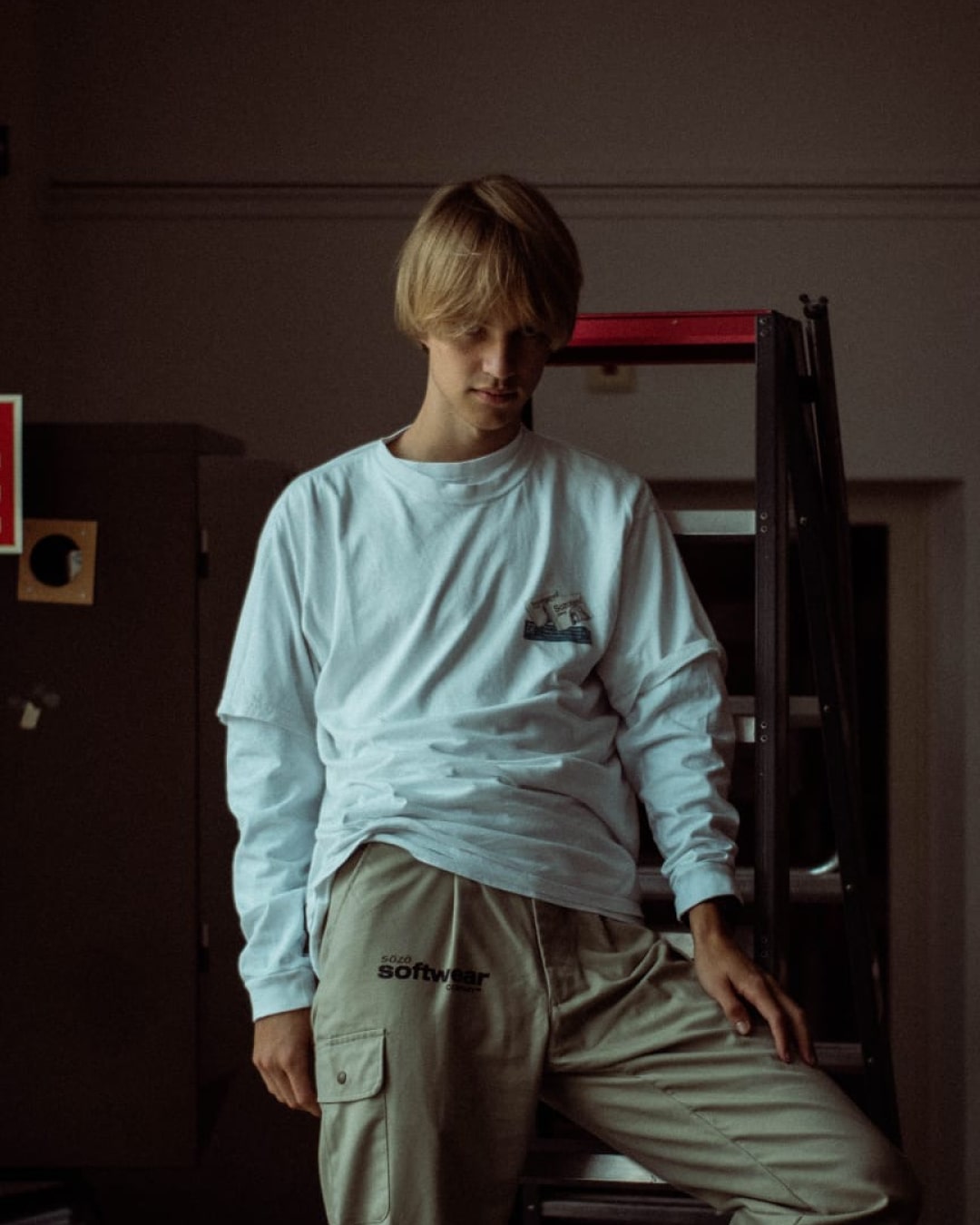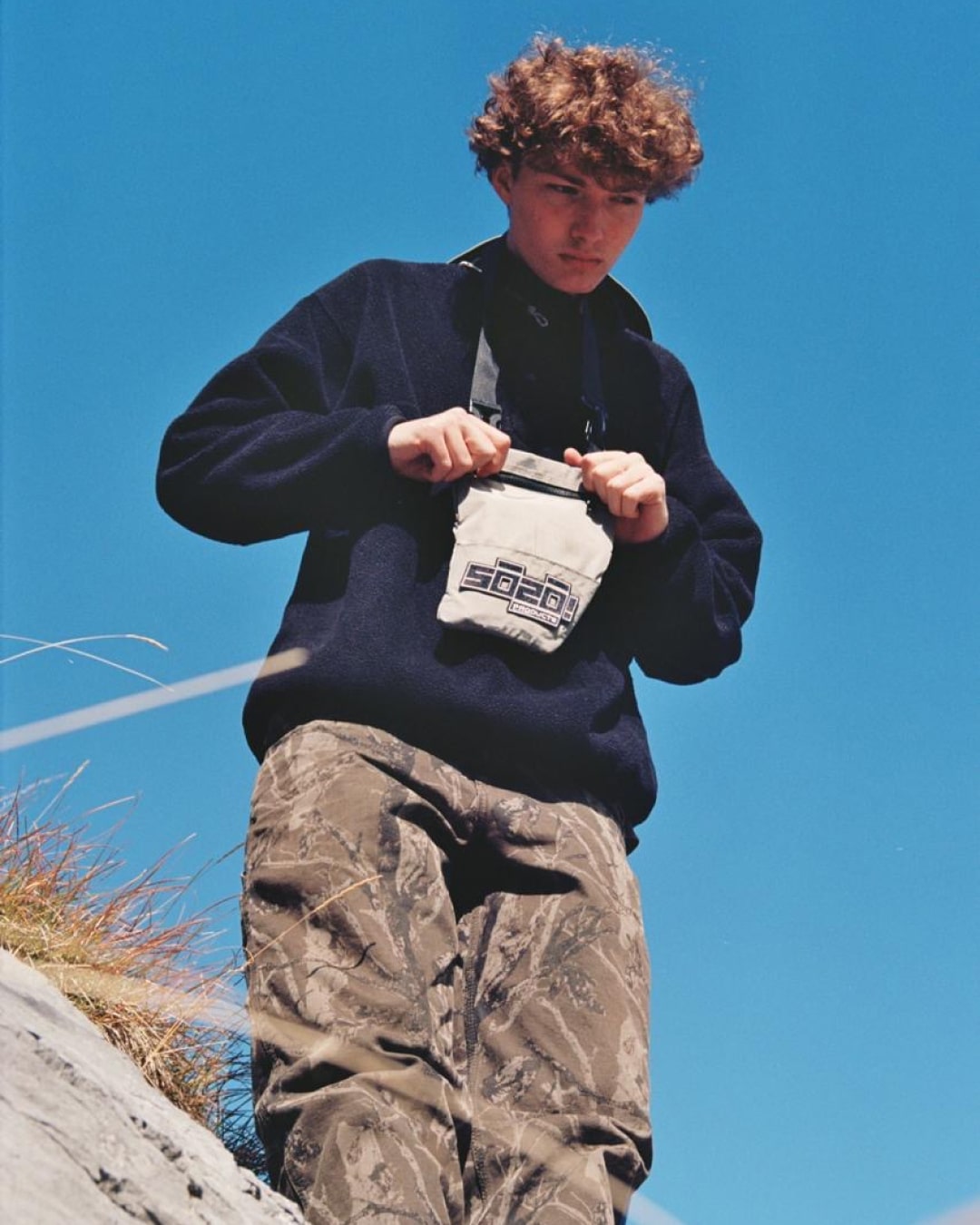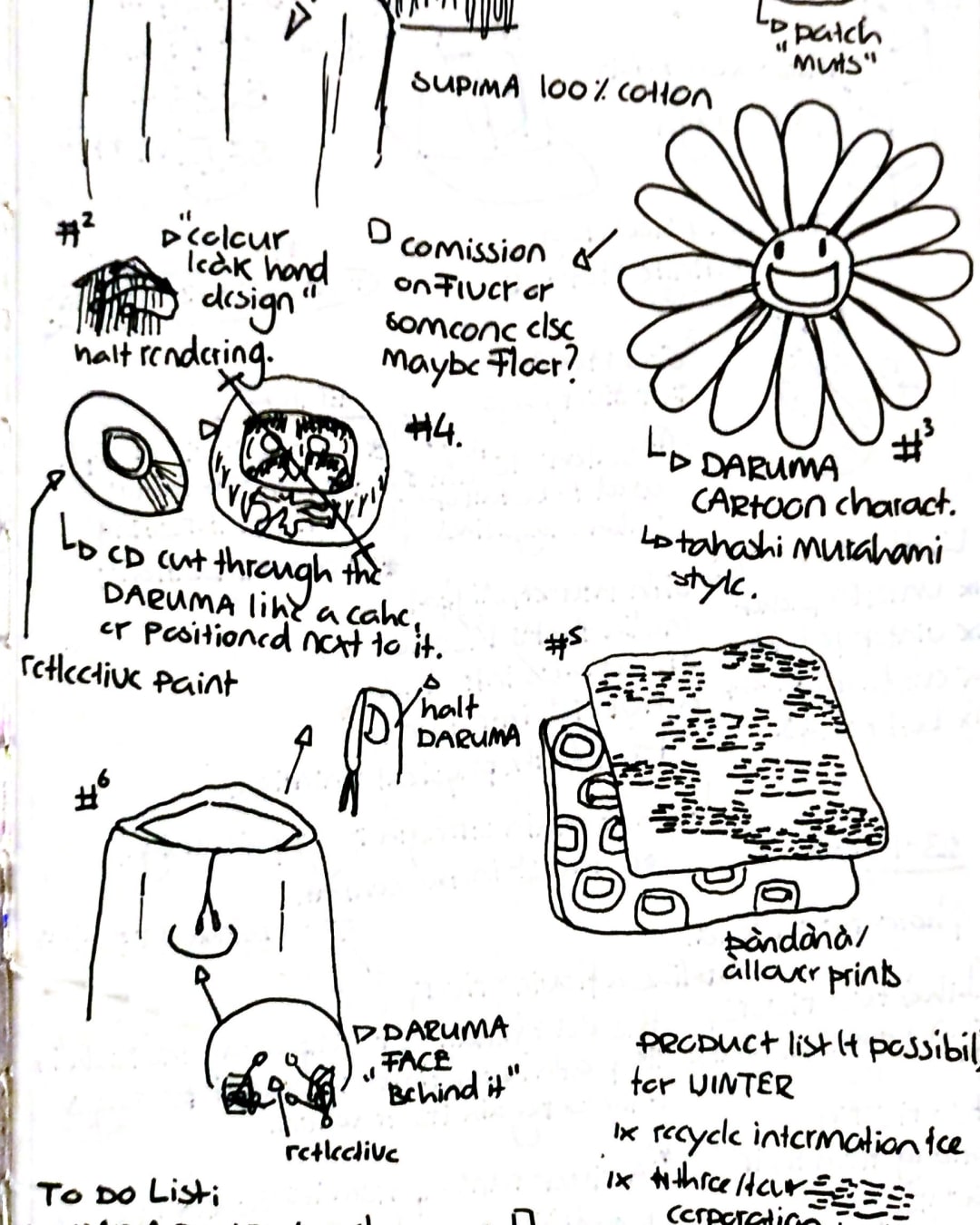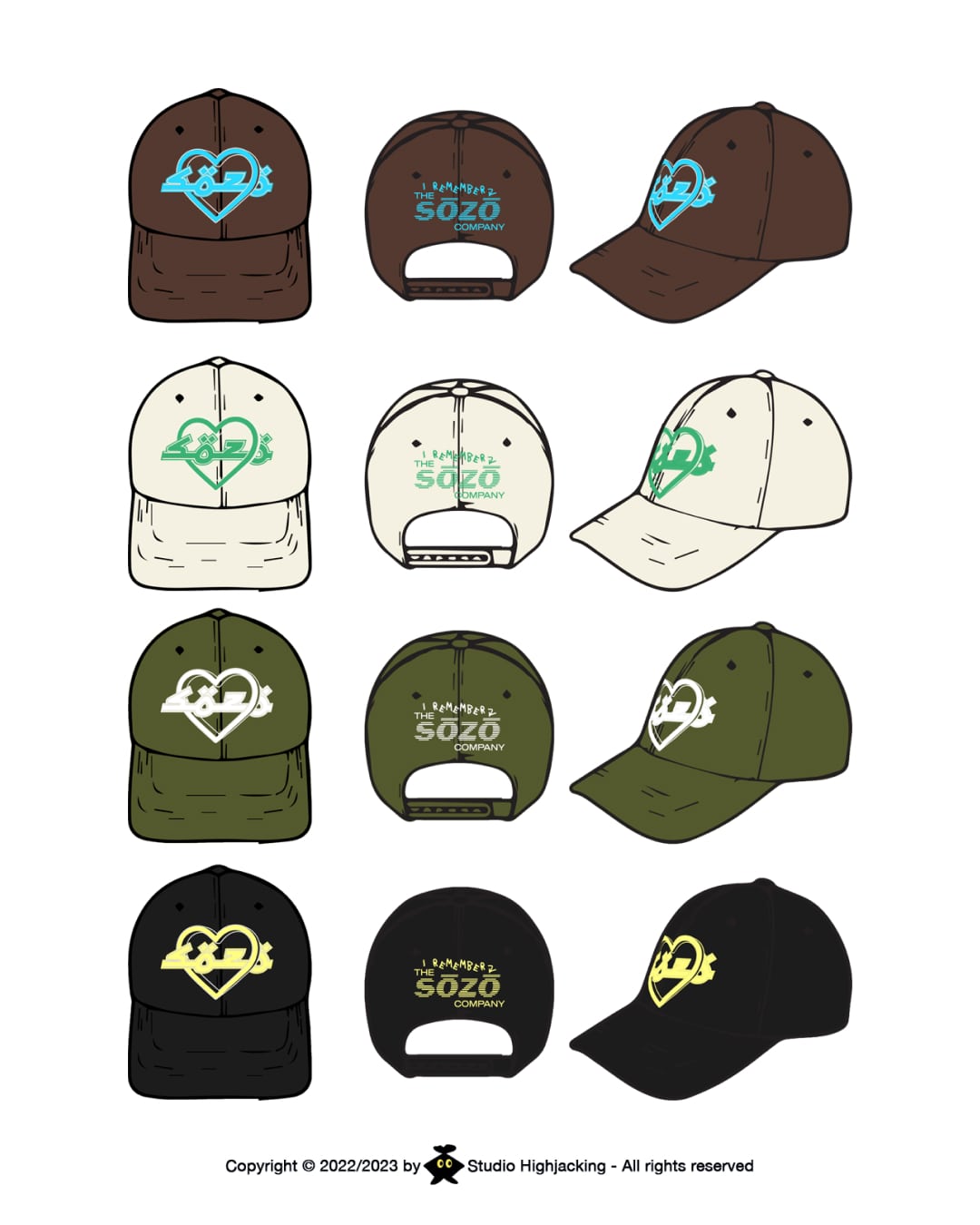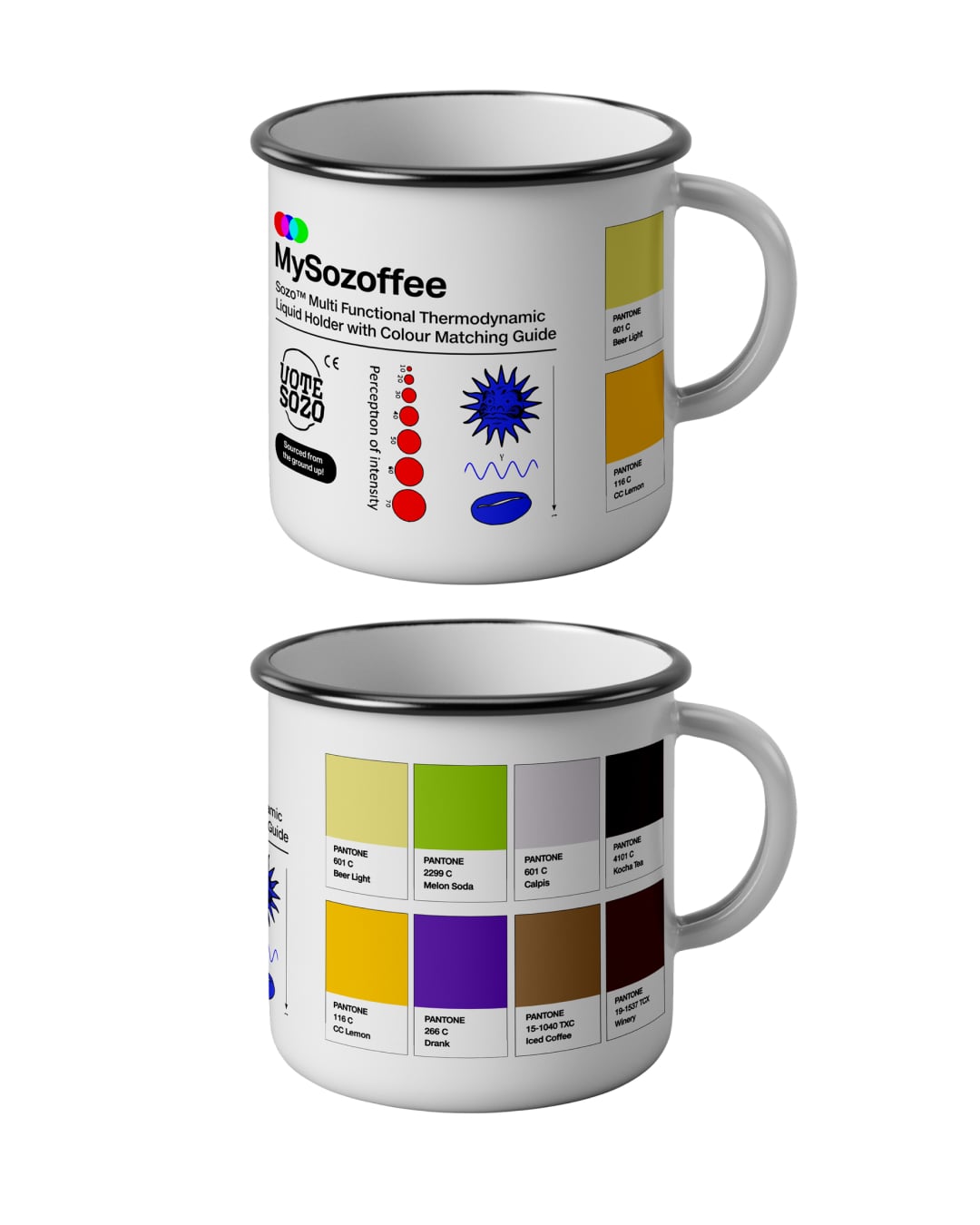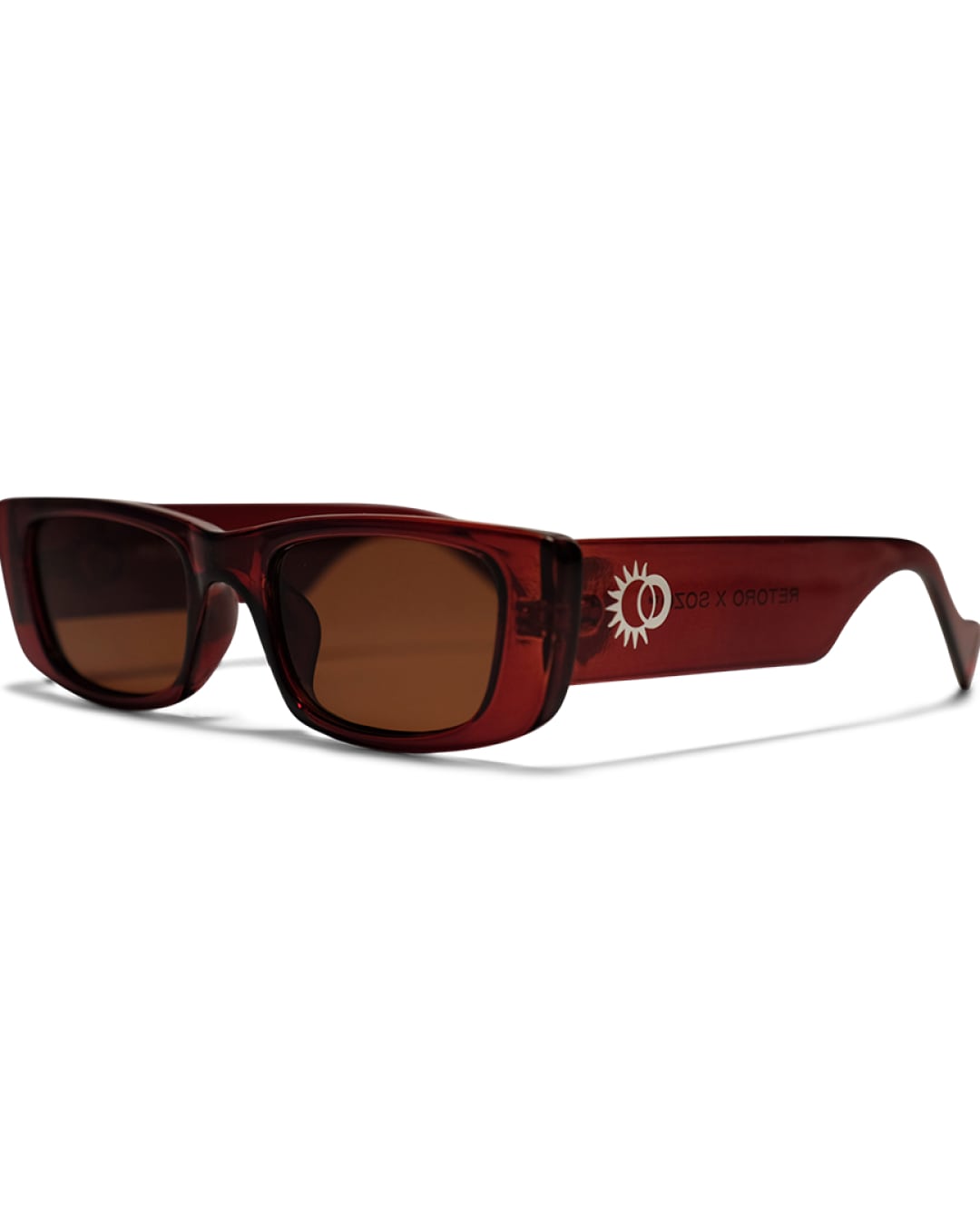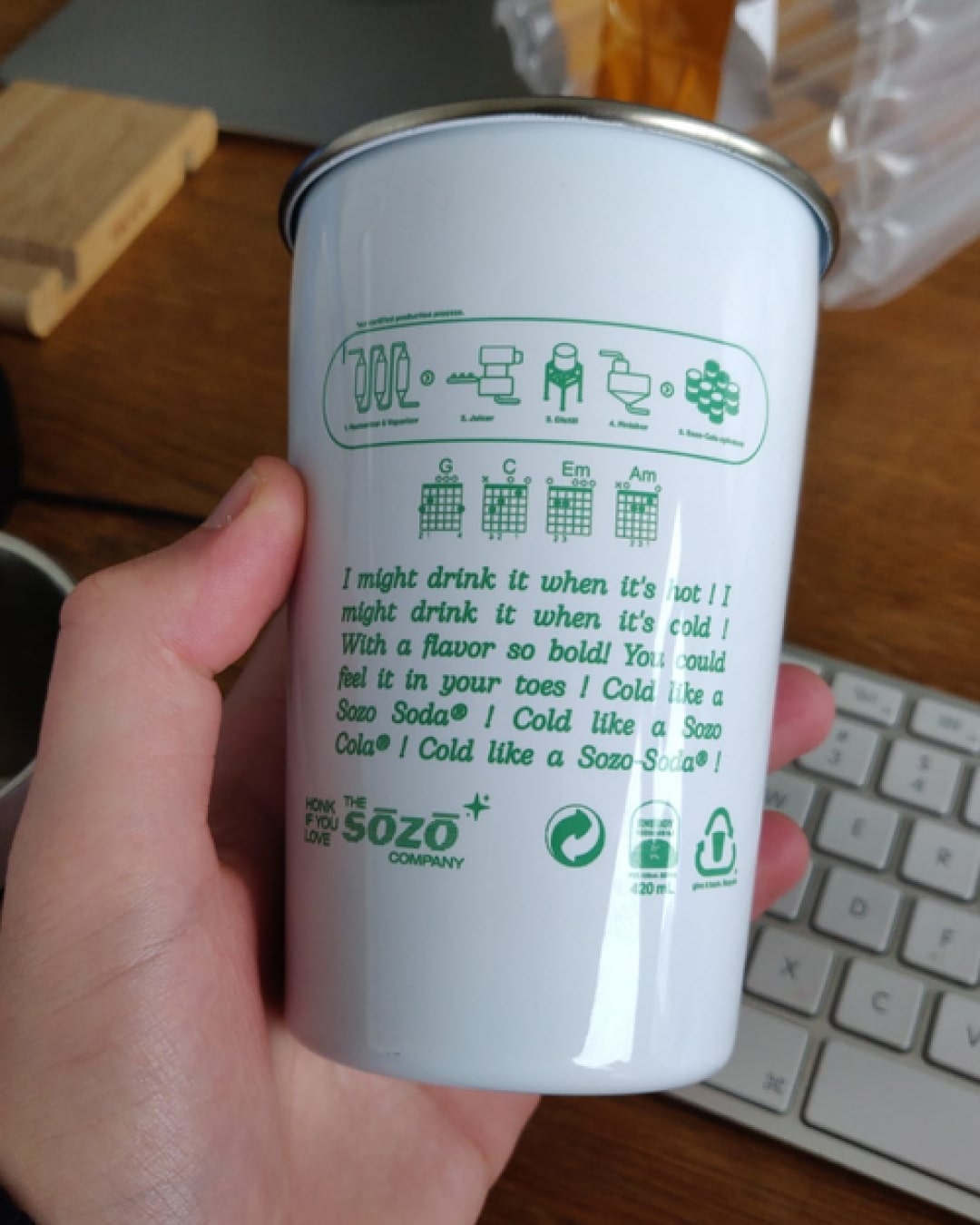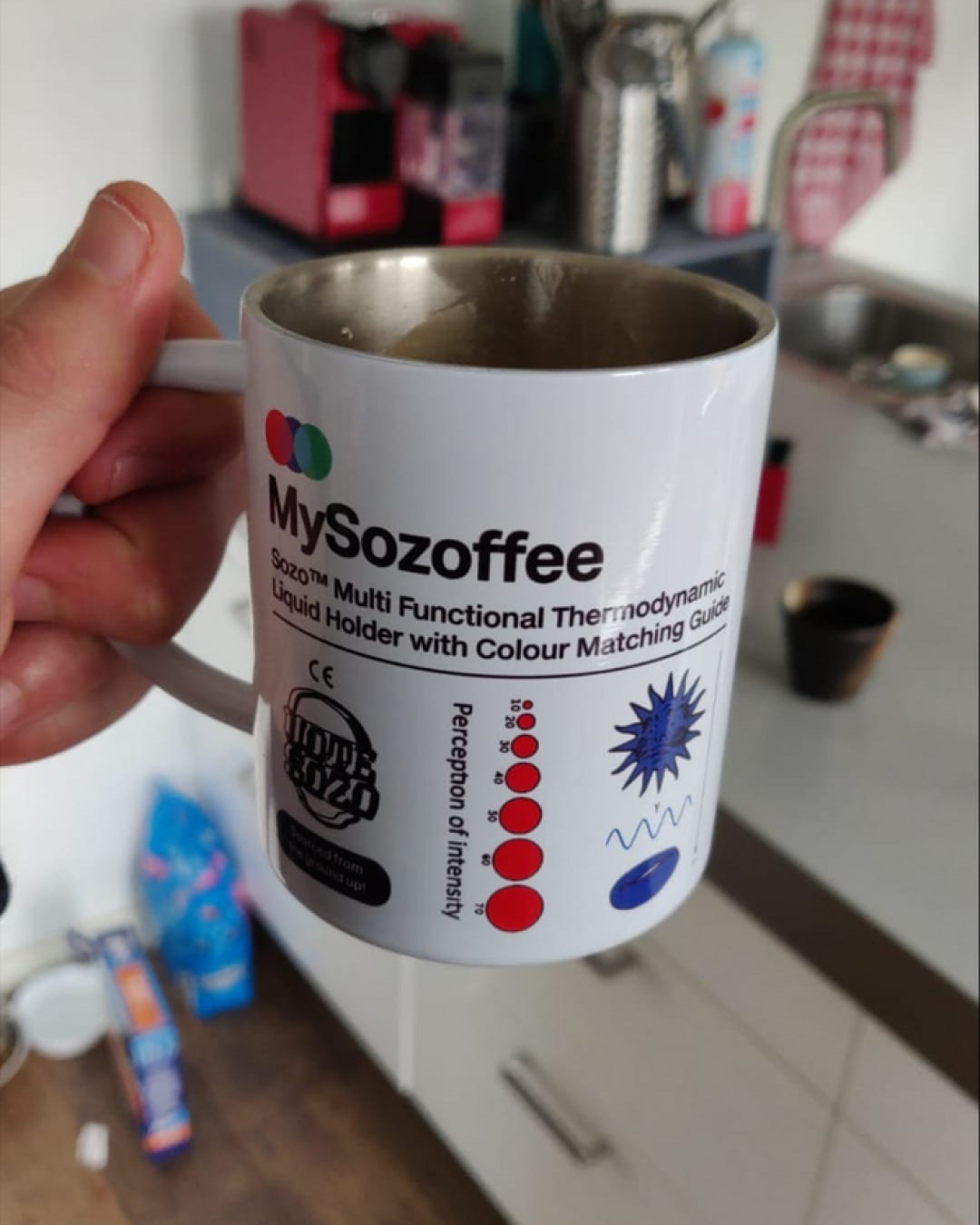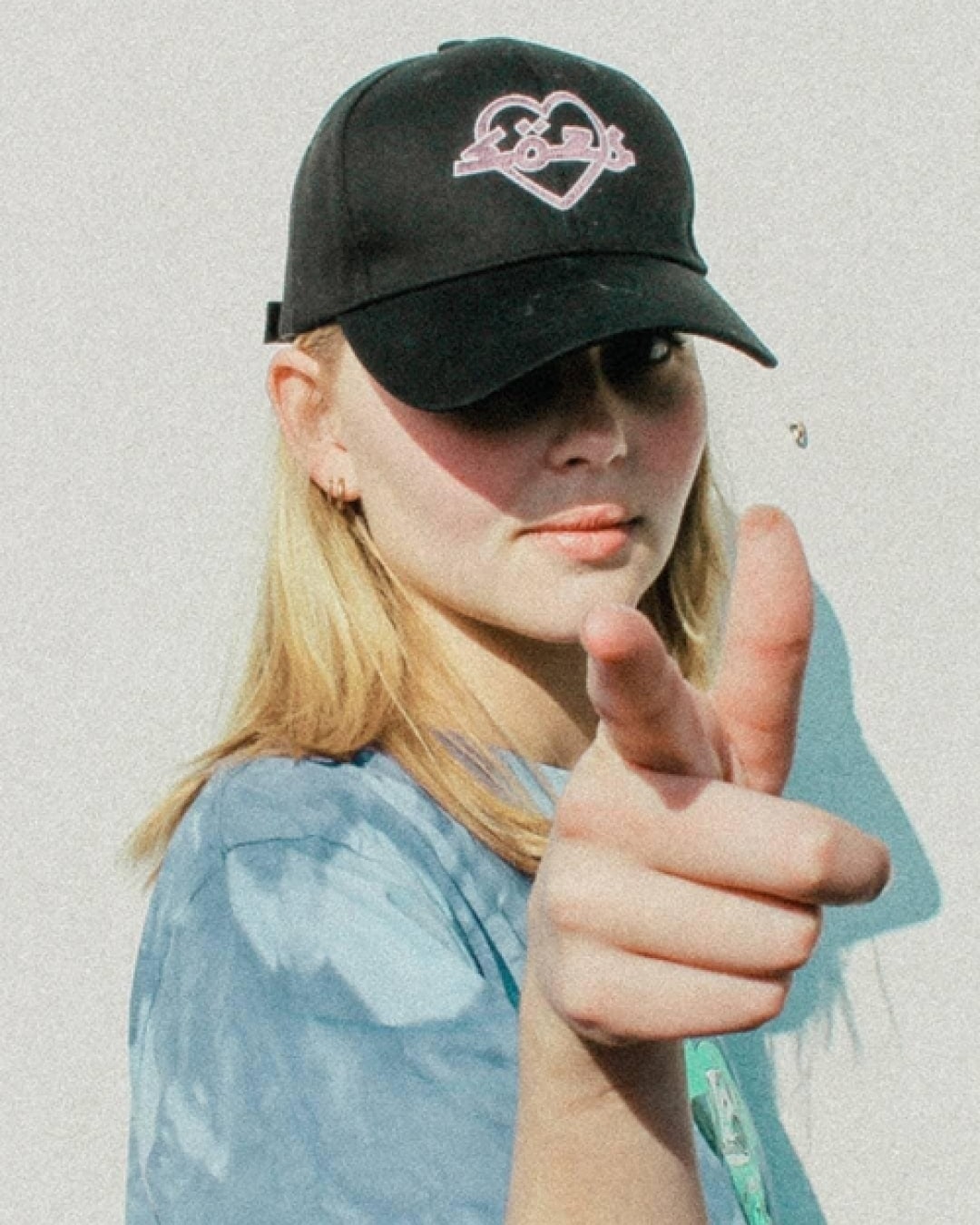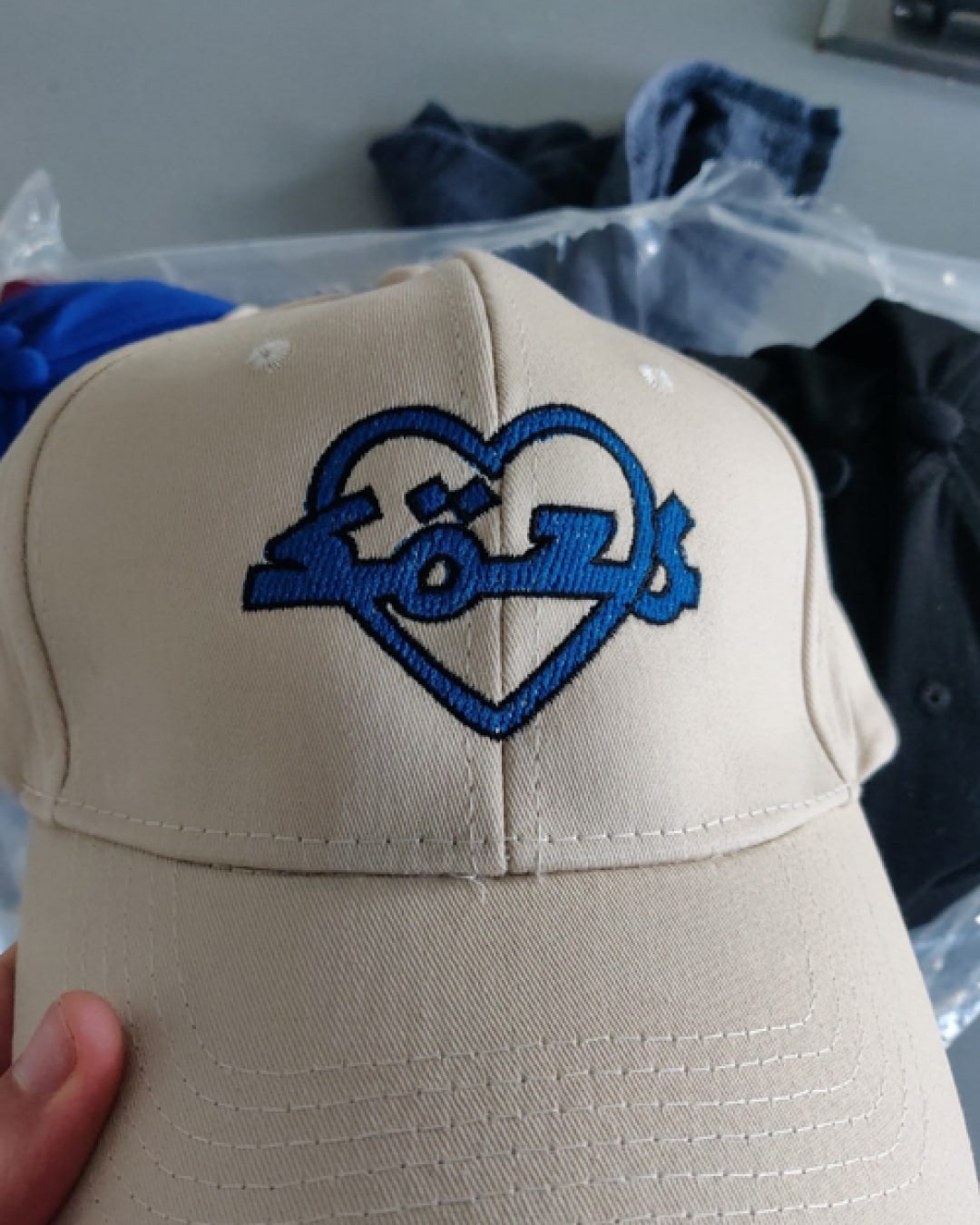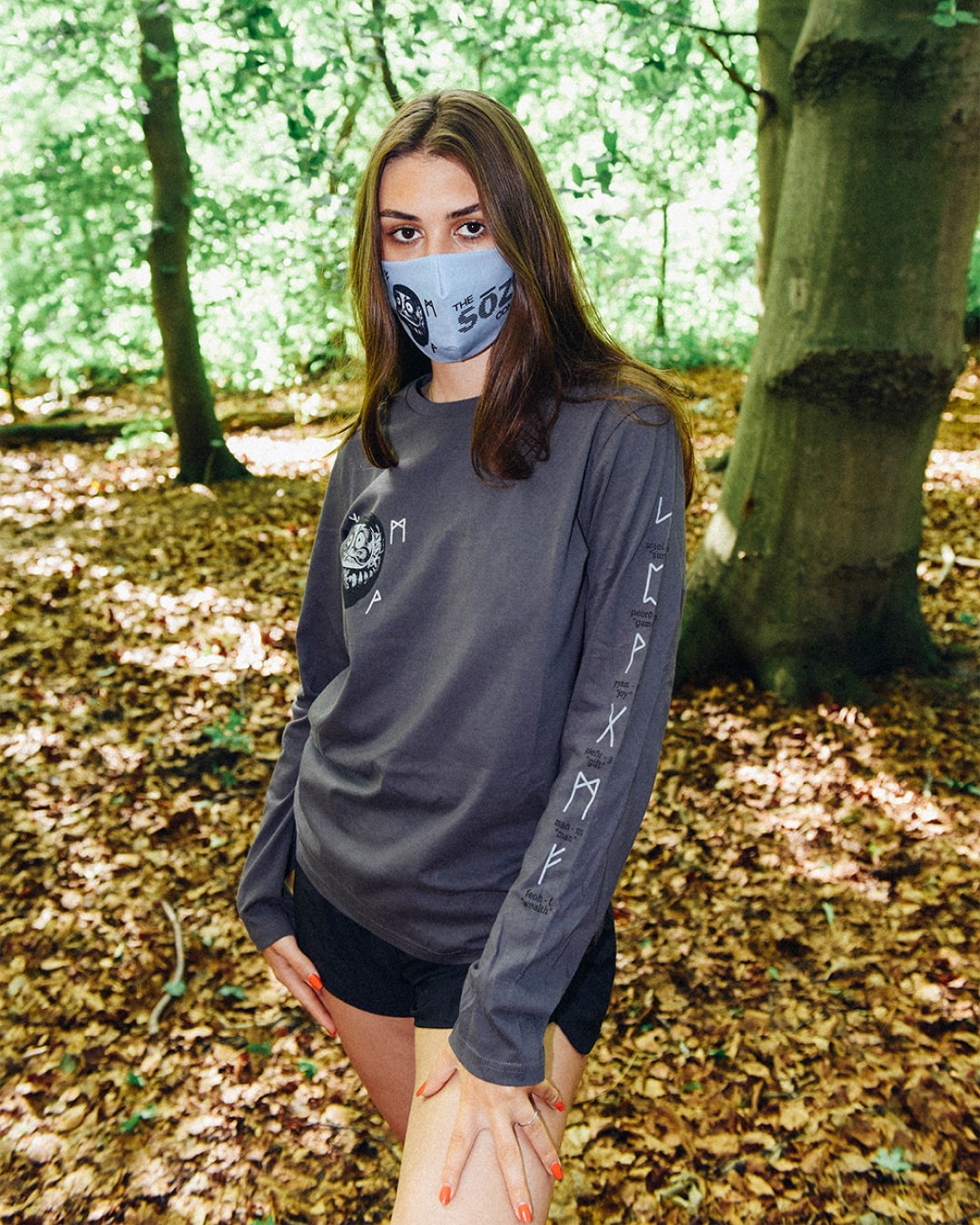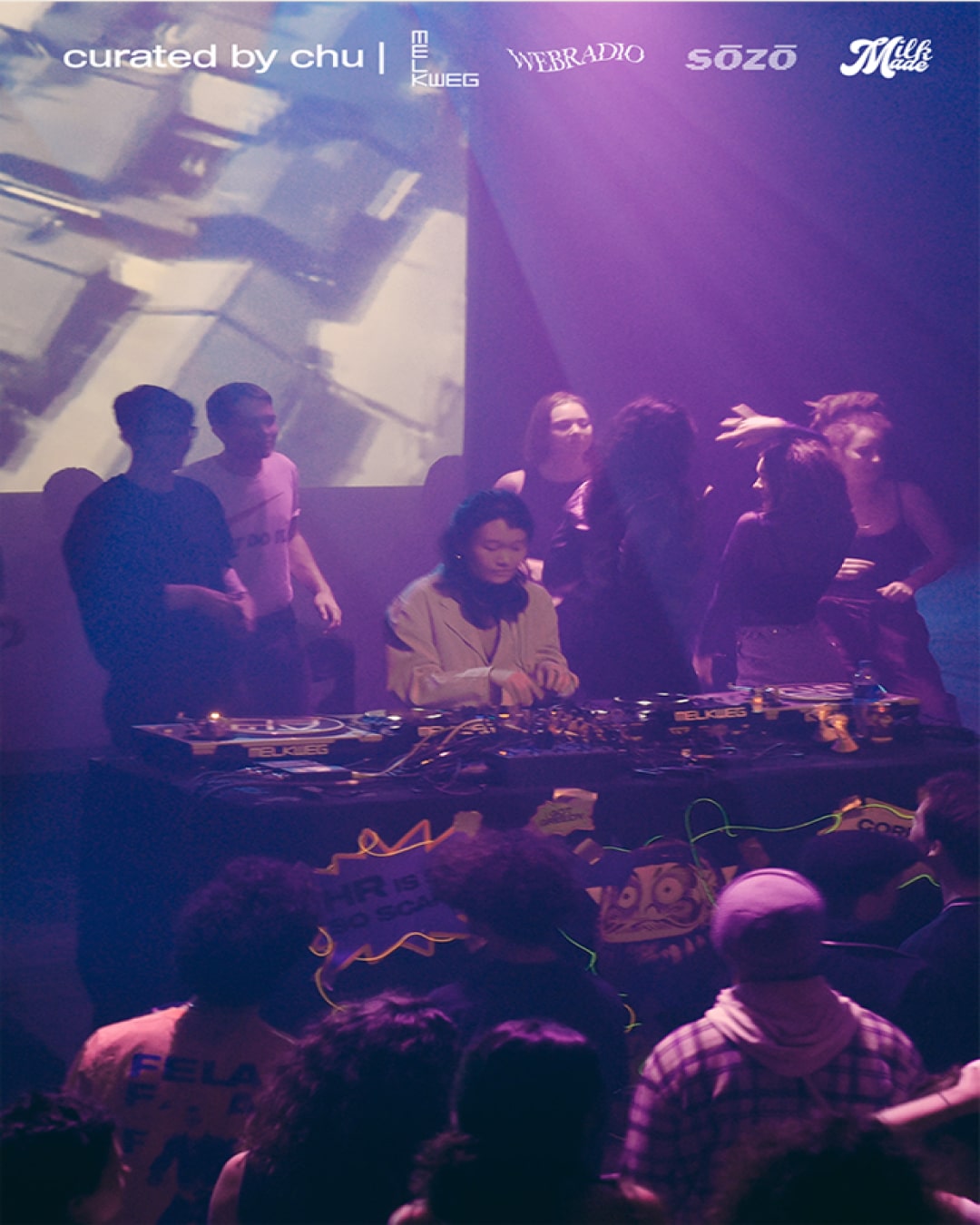The Sozo Company
Founded in 2018, The Sozo Company represented my first attempt at starting a fashion brand blending radical transparency, sustainability, and digital experiences.
| ID: | #003.18 |
| Status: | Completed Market |
| Client: | Self-initiated |
| Year: | 2018-2021 |
| Collab: | |
| Discover: |

Challenge
Establishing a fashion brand (2018) that stood out in a saturated market by emphasizing sustainability, transparency, and a unique digital experience.
In the face of hypercapitalism and the environmental impacts of the fashion industry, our ambition was to launch a brand that not only offered high-quality, sustainable fashion but also educated consumers on the importance of transparency in the production process.
The aspect of integrating transparent production is now of course a staple in the industry, but back in (2018) there were little to no brands using this as part of their content strategy. Our objectives with the Sozo Company were twofold: to make our supply chain fully transparent while at the same time serving the “design development” of our products as part of a content strategy.
The aspect of integrating transparent production is now of course a staple in the industry, but back in (2018) there were little to no brands using this as part of their content strategy. Our objectives with the Sozo Company were twofold: to make our supply chain fully transparent while at the same time serving the “design development” of our products as part of a content strategy.




Approach
With the Sozo Company, we pioneered an approach of radical transparency integrating digital technology with sustainable fashion, enhancing both product transparency and consumer engagement.
Our brand’s development began with a clear vision to redefine the streetwear market through three core pillars: sustainability, transparency, and new customer touchpoints through digital innovation. Our brand’s history can be summarized in three parts:
We launched our initiative by developing a signature t-shirt, distinguished by a scannable front logo leading to detailed production insights and design inspiration. This feature, powered by Google's CloudVision API, allowed our customers and users to scan their t-shirts by phone and exemplified our commitment to transparency and digital engagement.
Despite the potential of our “computer vision” idea, we faced challenges with the user interface of our digital features, which led us to pivot our strategy towards enhancing our brand presence - focussing on radical transparency on social media, specifically Instagram. This shift did not only compensate for the initial technological hurdle but also allowed us to expand our product line and establish a distinctive style, thereby growing our audience and revenue.
Our continuous interaction with the creative community unveiled a widespread lack of transparency regarding financial and operational practices. This insight inspired a strategic reorientation towards becoming a primary resource on the 'creative economy', influencing both our content creation and product design to reflect themes of functionality and informed consumerism.
This approach underscored our adaptability and dedication to our founding principles, allowing us to navigate challenges and redefine the interaction between consumers and their clothing. We not only aimed to sell apparel but also to educate and engage our audience on significant issues through the very medium of fashion.
Phase I (2018-2019)
We launched our initiative by developing a signature t-shirt, distinguished by a scannable front logo leading to detailed production insights and design inspiration. This feature, powered by Google's CloudVision API, allowed our customers and users to scan their t-shirts by phone and exemplified our commitment to transparency and digital engagement.
Phase II (2019-2020)
Despite the potential of our “computer vision” idea, we faced challenges with the user interface of our digital features, which led us to pivot our strategy towards enhancing our brand presence - focussing on radical transparency on social media, specifically Instagram. This shift did not only compensate for the initial technological hurdle but also allowed us to expand our product line and establish a distinctive style, thereby growing our audience and revenue.
Phase III (2020-2021)
Our continuous interaction with the creative community unveiled a widespread lack of transparency regarding financial and operational practices. This insight inspired a strategic reorientation towards becoming a primary resource on the 'creative economy', influencing both our content creation and product design to reflect themes of functionality and informed consumerism.
This approach underscored our adaptability and dedication to our founding principles, allowing us to navigate challenges and redefine the interaction between consumers and their clothing. We not only aimed to sell apparel but also to educate and engage our audience on significant issues through the very medium of fashion.
Outcome & Impact
We successfully established The Sozo Company as a novel fashion brand that married sustainability, transparency, and digital innovation with fashion.
Through our distinctive approach, we launched over 31 products between (2018 and 2021), selling products worldwide in 10 different countries and achieving a store conversion rate of 2.1%. Notably, our first product launch event sold out in the Melkweg (2019), and we were selected to be represented by the HTNK agency at the Modefabriek Summer edition in 2019. Our innovative use of social media and digital marketing strategies led to 120,000 unique social users reached, with 335,000 unique social impressions and an engagement rate of 10.4%.
Furthermore, our commitment to education and transparency facilitated the organization and completion of 15 internships, providing industry experience - albeit ‘startup’ experience - to emerging talents. I’m confident in saying that the ‘Sozo Company’ initiative not only contributed to the creative community but also aligned with our mission to shed light on the 'creative economy', making a lasting impact on the way creative careers are perceived and navigated.
Furthermore, our commitment to education and transparency facilitated the organization and completion of 15 internships, providing industry experience - albeit ‘startup’ experience - to emerging talents. I’m confident in saying that the ‘Sozo Company’ initiative not only contributed to the creative community but also aligned with our mission to shed light on the 'creative economy', making a lasting impact on the way creative careers are perceived and navigated.
Reflection
The Sozo Company journey underscored the power of innovation, adaptability, and the importance of staying true to one's vision in the face of challenges.
Founding and leading The Sozo Company was a profound learning experience and my very first in entrepreneurship. The initial challenge of engaging consumers with our digital features taught us the importance of user-friendly design and the necessity of pivoting strategies when faced with obstacles. Our shift towards a stronger social media presence and the strategic reorientation towards content creation around the 'creative economy' were pivotal in sustaining and growing our brand.
This venture deepened my understanding of the fashion industry's complexities, particularly the critical need for sustainability and transparency in an era of hypercapitalism. It reinforced my belief in the didactic potential of products, not just as items of consumption but as vehicles for education and change. Moreover, the experience honed my skills in strategic planning, digital marketing, and brand development, shaping my approach to future projects with a more holistic and informed perspective - skills that continue to drive my approach to work today.
This venture deepened my understanding of the fashion industry's complexities, particularly the critical need for sustainability and transparency in an era of hypercapitalism. It reinforced my belief in the didactic potential of products, not just as items of consumption but as vehicles for education and change. Moreover, the experience honed my skills in strategic planning, digital marketing, and brand development, shaping my approach to future projects with a more holistic and informed perspective - skills that continue to drive my approach to work today.
